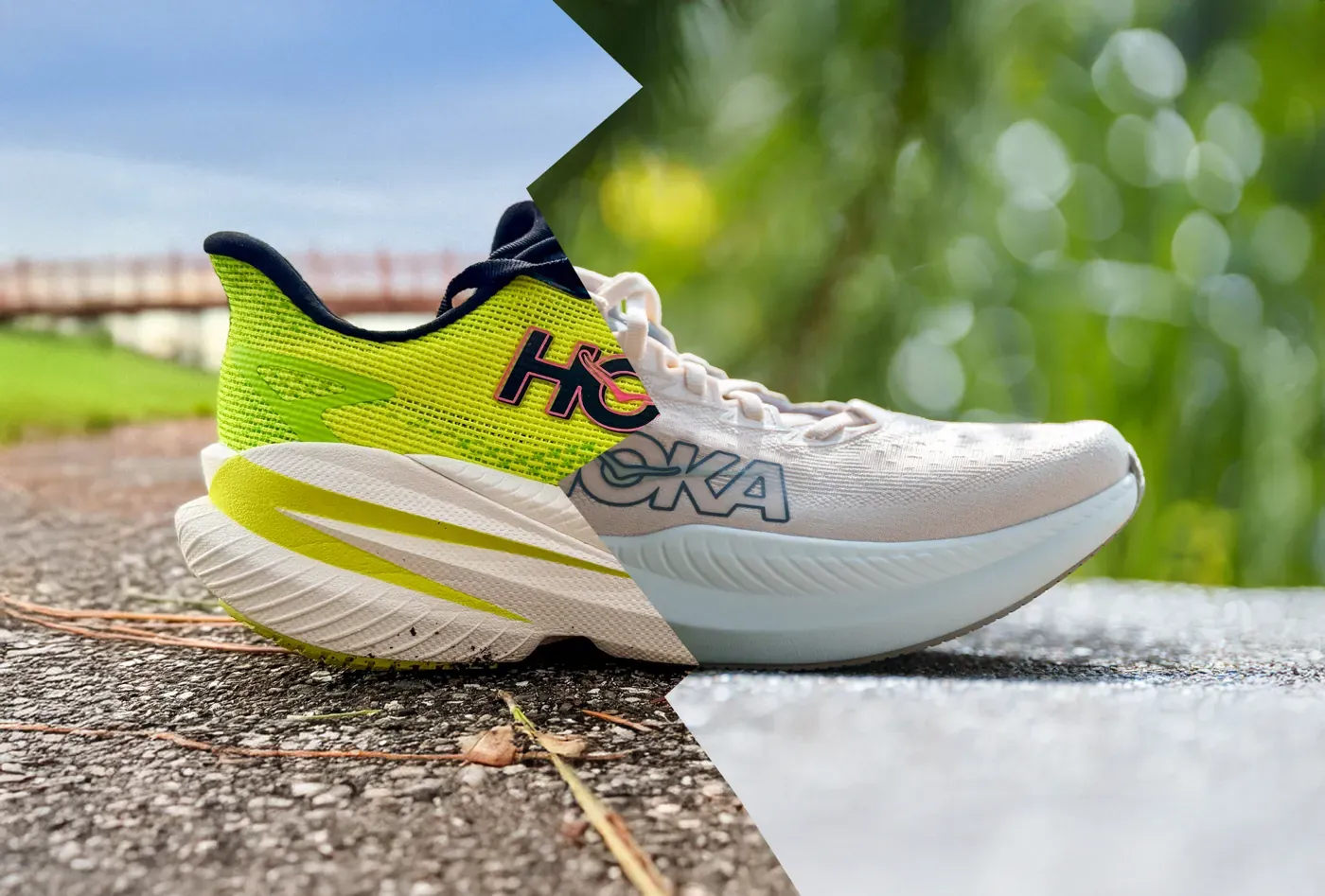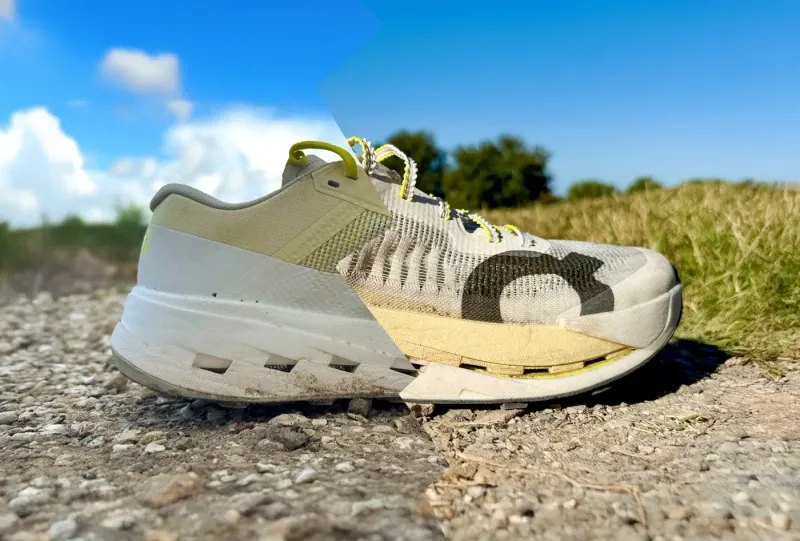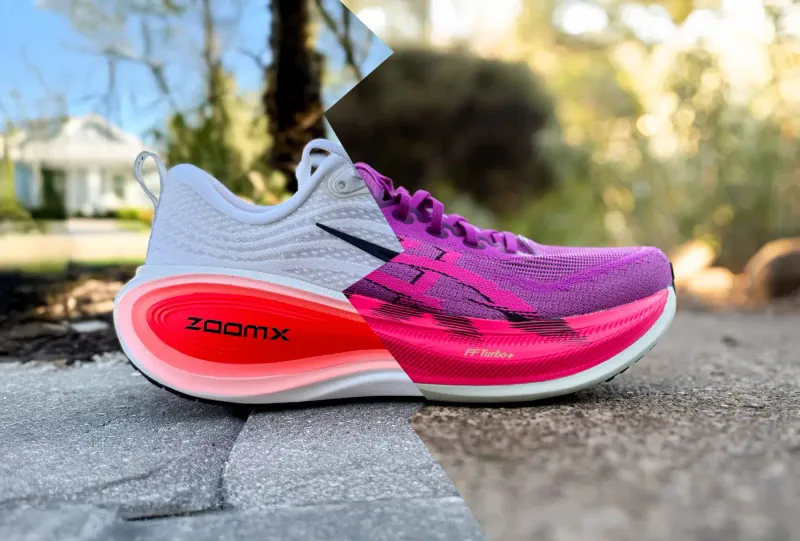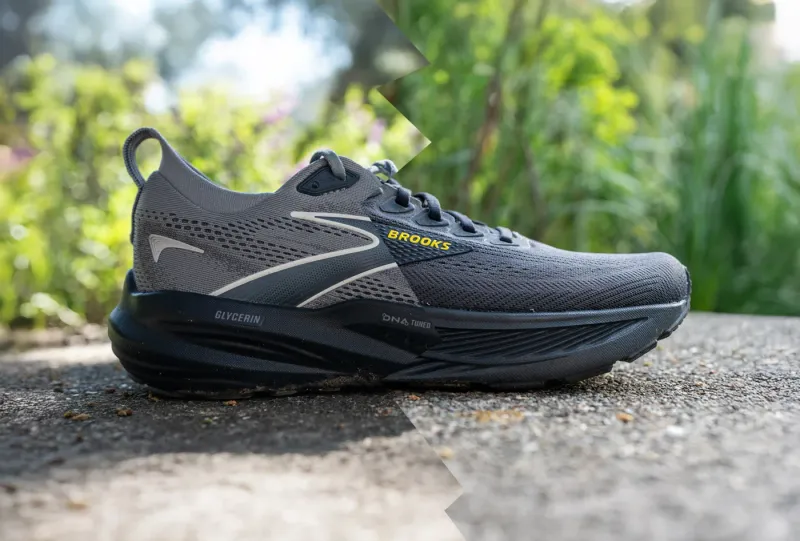If you’re stuck choosing between the Hoka Mach X 3 and Hoka Mach 6, the good news is that both are excellent tempo-focused trainers. The real question is whether you want more cushioning and plate-driven speed (Mach X 3) or a lighter, snappier ride at a lower price (Mach 6).

I’ve put plenty of miles into both this summer, from threshold workouts to daily training sessions, and while they share the similar Hoka DNA, they feel like very different tools for your faster running days.
Here’s how they stack up.
Key specifications
| Feature | Hoka Mach X 3 | Hoka Mach 6 |
|---|---|---|
| Price | $190 | $140 |
| Weight (US M9) | 9.5oz (269g) | 7.8oz (221g) |
| Drop / Stack | 5mm (44mm heel / 39mm forefoot) | 5mm (approx. 36mm heel / 31mm forefoot) |
| Midsole | Dual-density PEBA + EVA with Pebax® plate | Supercritical foam (single layer) |
| Upper | Warp knit, snug toe box | Creel jacquard mesh, snug toe box |
| Best for | Tempo runs, long runs, super trainer use | Tempo runs, short races, daily fast efforts |
| Support | Neutral (stable plate-assisted ride) | Neutral (no plate, pure foam responsiveness) |
Sizing and fit
- Mach X 3 fits true to size but has a snug, low-volume toe box.
- Mach 6 also fits true to size but has a slightly tighter toe box.
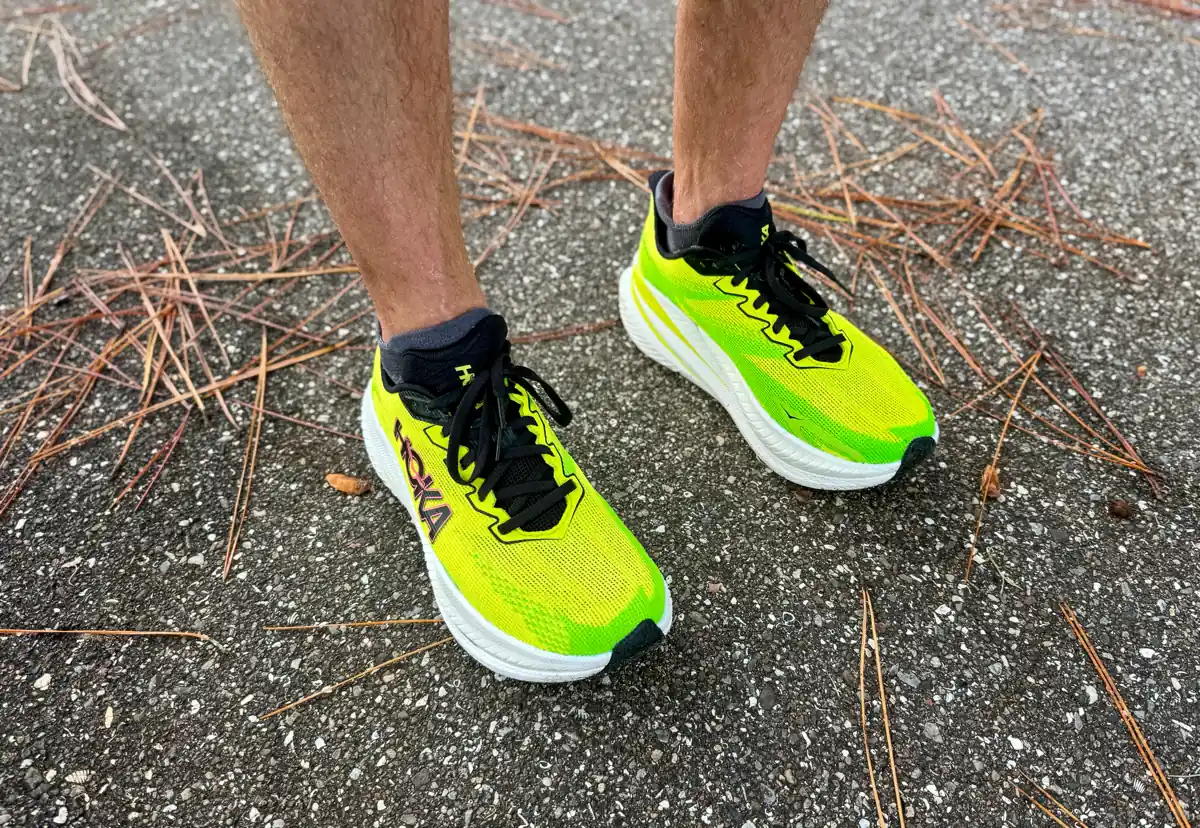
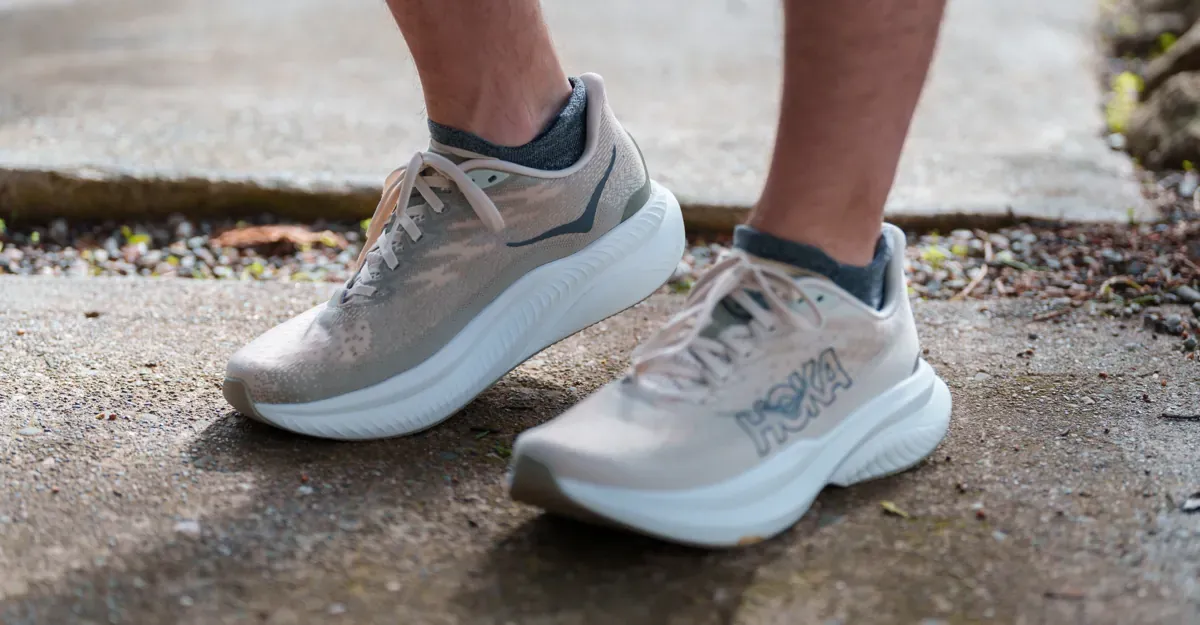
The Mach X 3 wins on breathability but it is heavier. The Mach 6 does also have a breathable upper, just not on the same level.
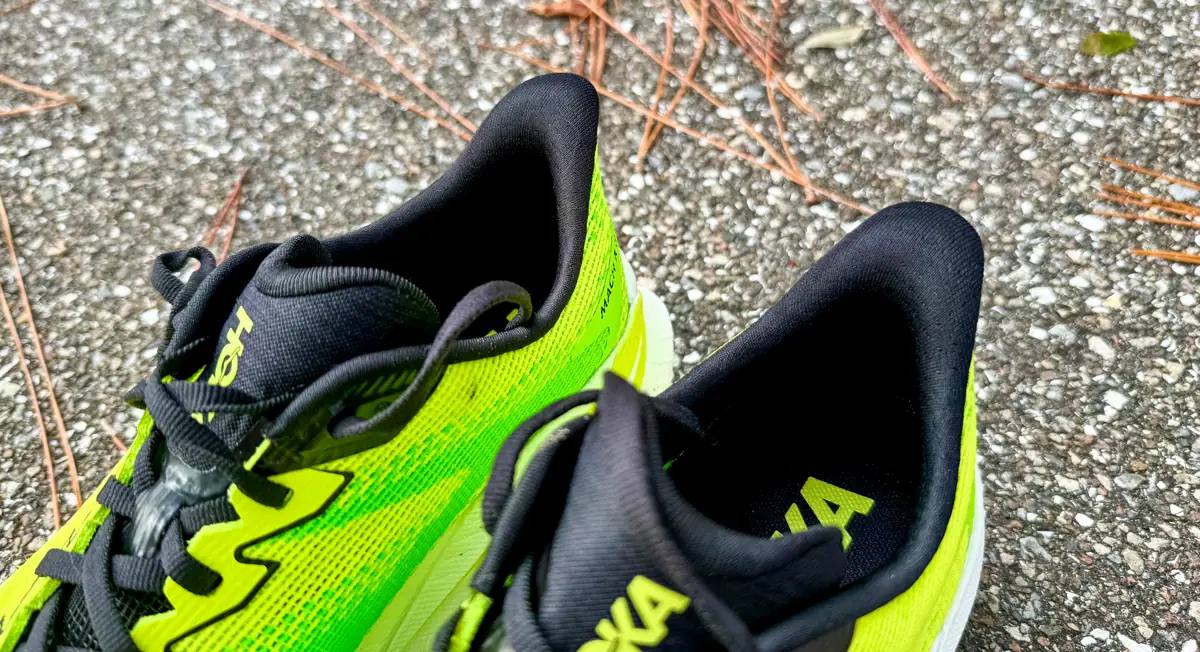

Both shoes offer great step-in comfort, but the Mach X 3’s padded collar and tongue make it feel more premium.
Performance comparison
Ride feel and responsiveness
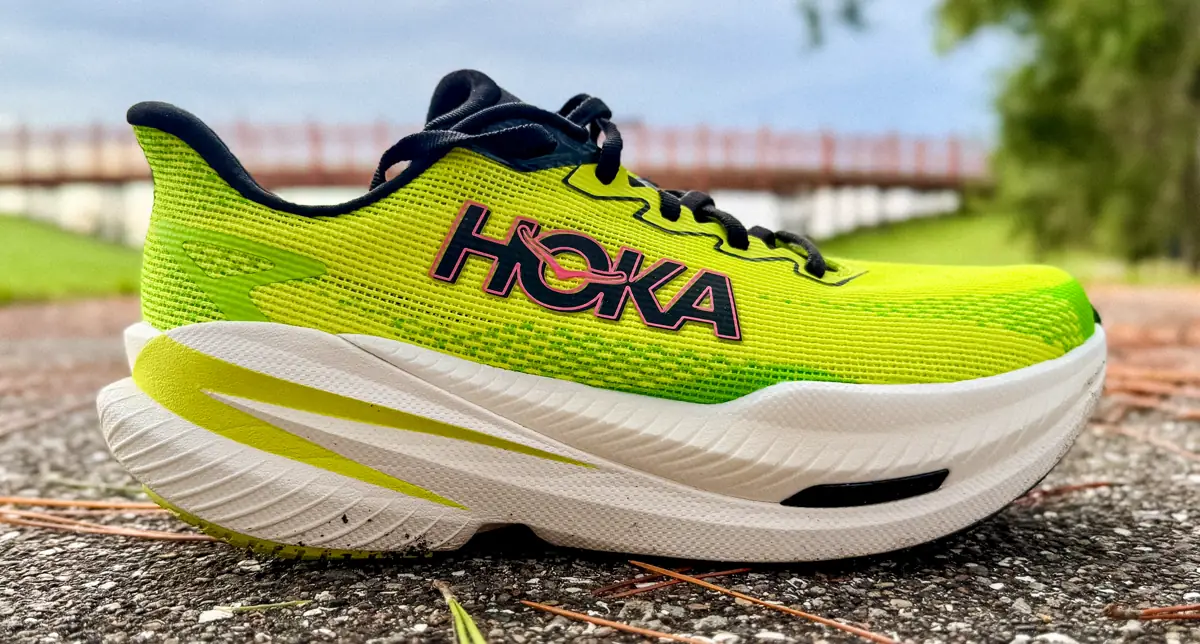

- Mach X 3 is a more cushioned and propulsive ride thanks to its PEBA top layer + Pebax plate combo. It excels at steady tempo runs, threshold workouts, and even long progression sessions. The rocker shape and plate work together to create a buttery-smooth roll.
- Mach 6 is lighter, more nimble, and ideal for shorter tempo sessions or race efforts. Its supercritical foam offers excellent rebound and fast transitions, but with less underfoot protection than the Mach X.
If you're targeting anything from 5K to half marathon effort, both deliver. But if you're going long or want a more forgiving feel, the Mach X 3 shines.
Stability and control
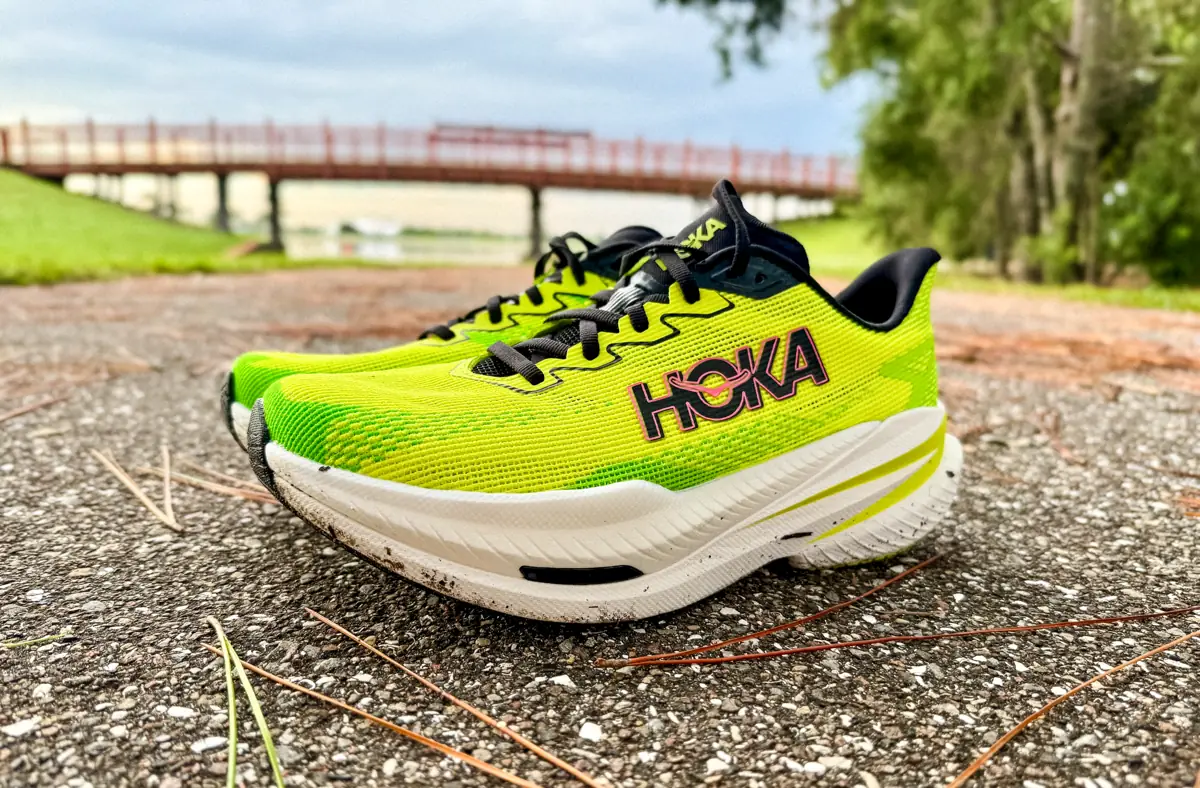
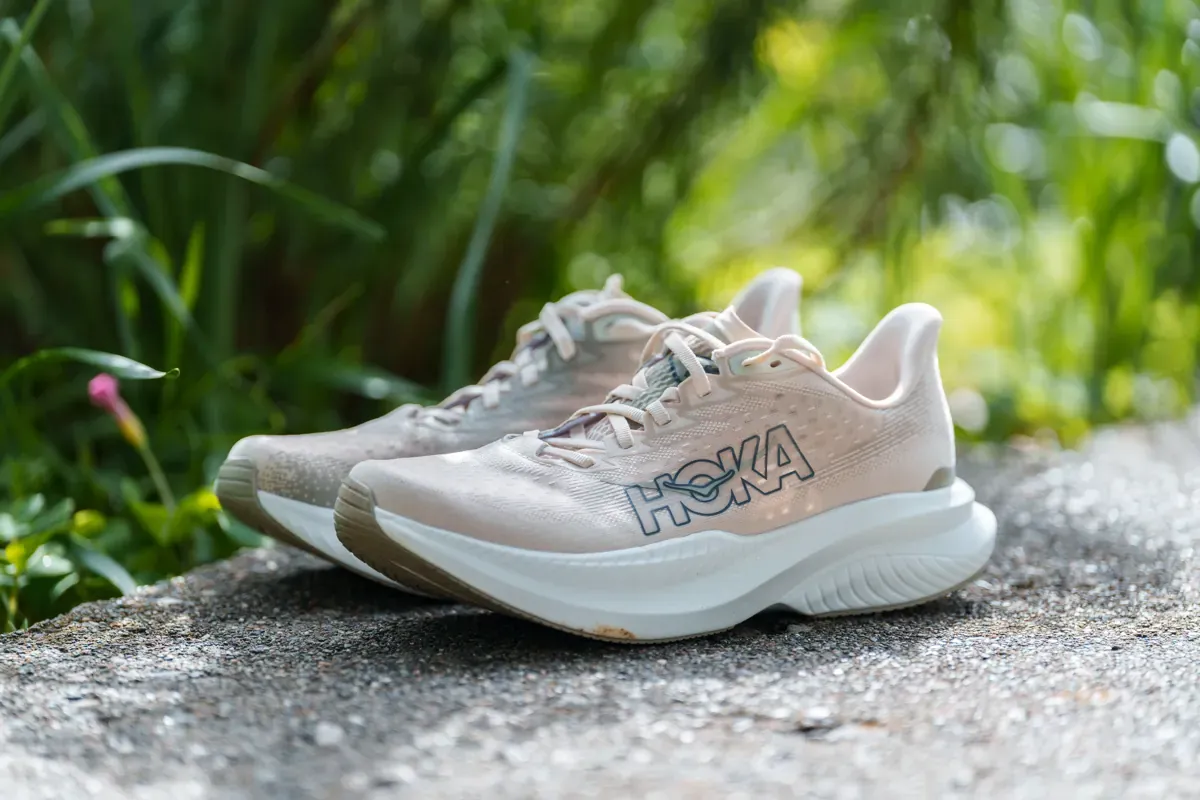
- The Mach X 3 is surprisingly stable for a high-stack shoe, thanks to the plate and midsole geometry, it feels planted even when cornering.
- The Mach 6 has no plate, but still feels agile and controlled thanks to a firmer foam and lower stack. It’s better suited to runners who like to feel the road more directly underfoot.
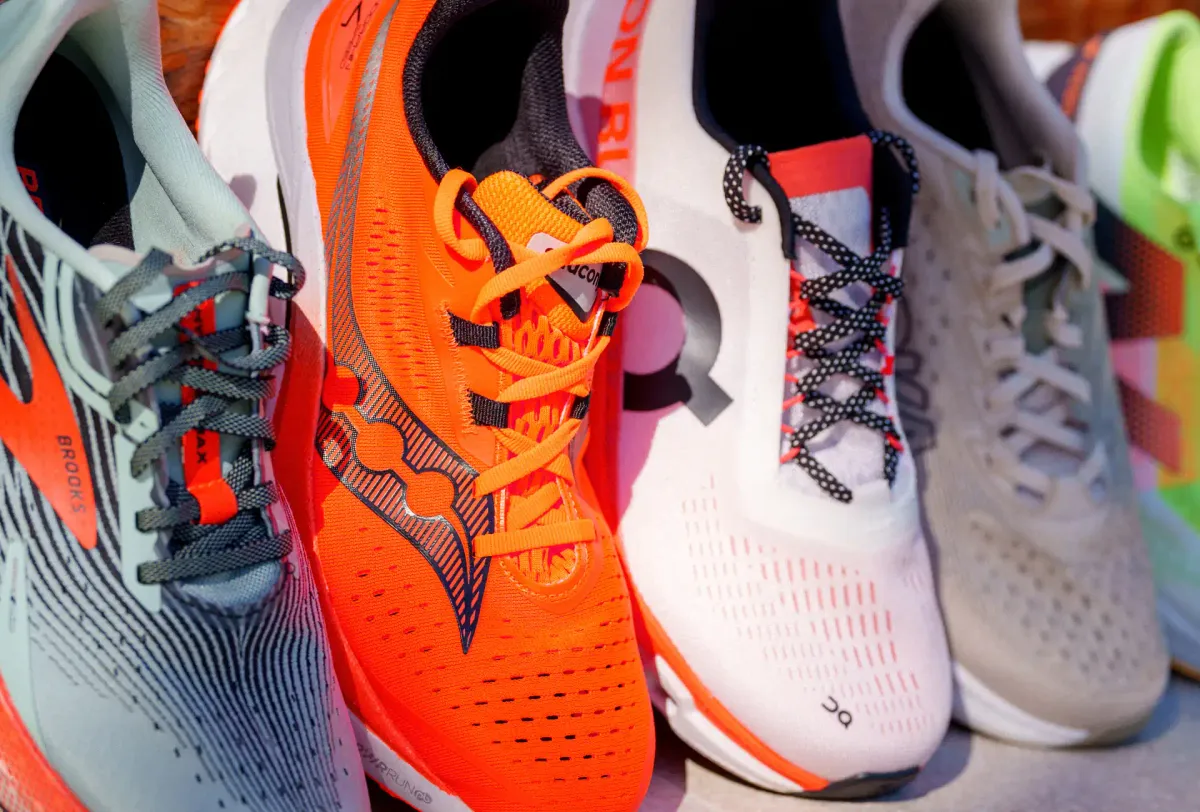
Outsole and durability

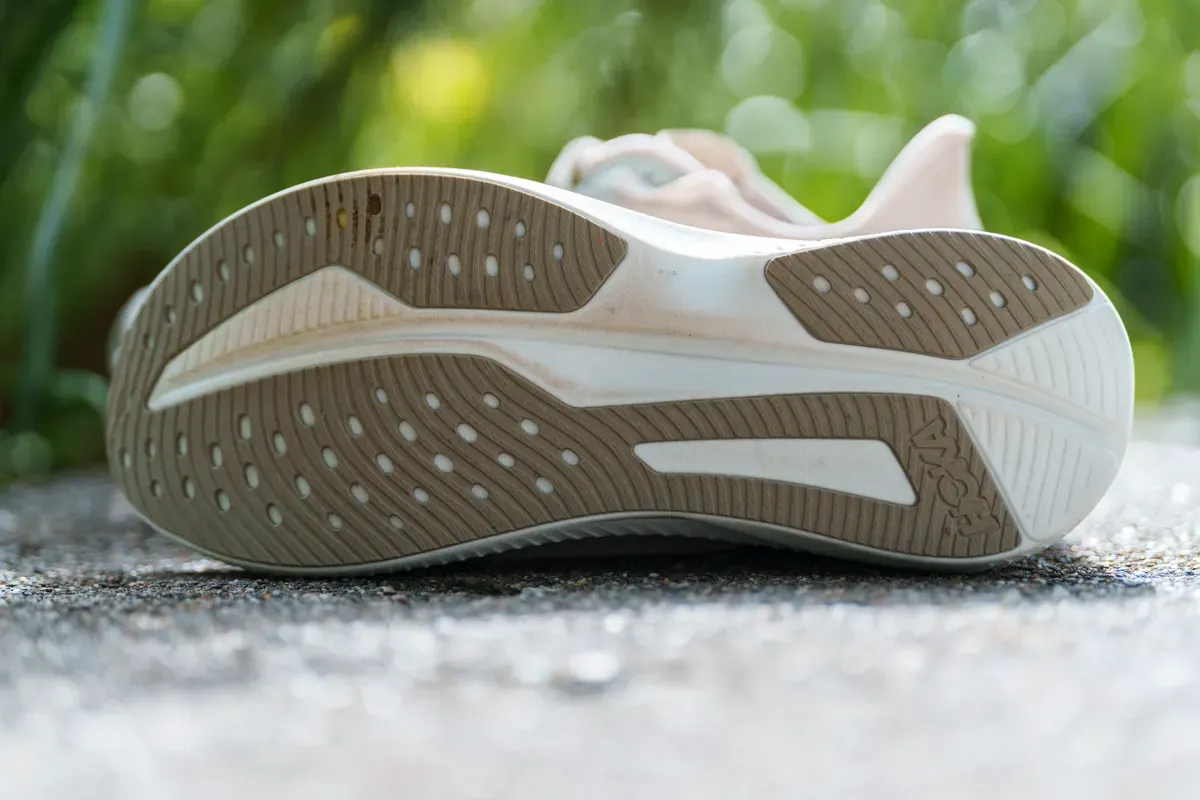
Both shoes use lightweight rubber in targeted zones:
- The Mach X 3 outsole grips well but has some exposed foam that may wear over time. There are also some cutout, that are fine for road use, but avoid gravel, as stones can get picked up in them.
- The Mach 6 has zoned rubber at heel and forefoot, keeping weight down but still giving enough durability for tempo sessions and races. Durability is similar for both.
Which is better for you?
| If you want… | Go for… |
|---|---|
| More cushioning and a plated ride for long tempos | Mach X 3 |
| A lighter, snappier shoe for 5K/10K workouts | Mach 6 |
| Lower price without sacrificing too much performance | Mach 6 |
| A fast shoe for longer training or even race days | Mach X 3 |
| A roomier toe box with better airflow | Mach X 3 |
| Extra padding in collar and tongue for comfort | Mach X 3 |
| One of the best value tempo trainers on the market | Mach 6 |
My verdict
The Hoka Mach X 3 is a legit super trainer with a pace range that sits higher than most others. It’s got enough bounce and stability to carry you through longer tempo efforts or even race day, and the ride is smooth, stable, and propulsive.
If you like the feel of plated shoes but still want comfort for everyday speed work, this one’s hard to beat, as long as the snug toe box works for you.
The Hoka Mach 6 is one of the best-value tempo shoes you can buy right now. It’s light, responsive, breathable, and fast. I’ve loved using it for speed sessions, strides, and short progression runs.
The midsole doesn’t feel overly soft or squishy, it’s dialed in for performance without overengineering.
If you're building out a rotation, I’d honestly keep both. But if you’re picking just one, let your training goals decide: Mach 6 for short, sharp speed, Mach X 3 for tempo days and longer sessions with a little more cushion and still great structure.


